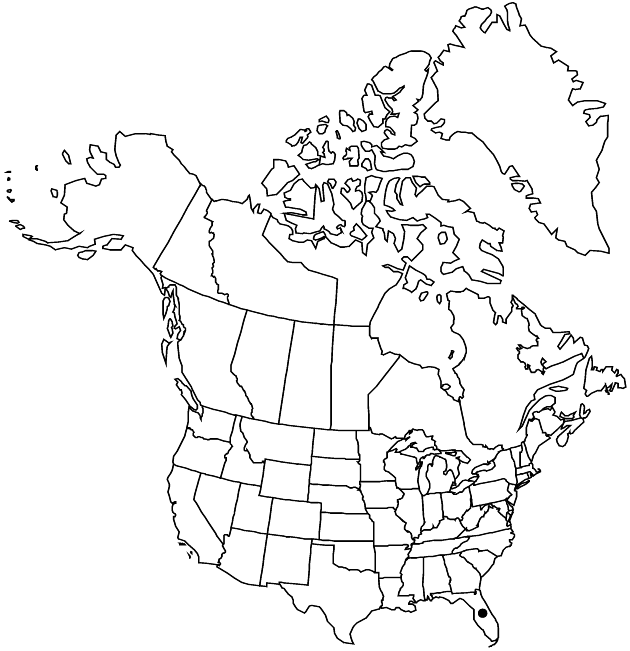Chrysopsis linearifolia subsp. dressii
Brittonia 30: 494. 1978.
Stems green to dark purple, 30–80 cm. Leaves less numerous (to 100 on tall plants), linear to linear-lanceolate or elliptic, sometimes very undulate, strongly twisted. Heads 4–30 (–50) in open corymbiform arrays.
Phenology: Flowering Sep–Nov.
Habitat: Open sandy areas in oak pine woods, fields, roadsides
Elevation: 10–50 m
Discussion
Subspecies dressii is known from the central half and west of the peninsula. The report of the subspecies from southern Bay County (J. C. Semple 1981) was based on a few plants that were subsequently determined to be a hybrid swarm involving subsp. linearifolia and another species. This subspecies might deserve species status and more investigation is warranted. Plants of subsp. dressii could be confused with sparsely hairy forms of Chrysopsis subulata, which differ in having twisted, subulate phyllaries.
Selected References
None.
Lower Taxa
"thin" is not a number."[" is not declared as a valid unit of measurement for this property."]" is not declared as a valid unit of measurement for this property.
